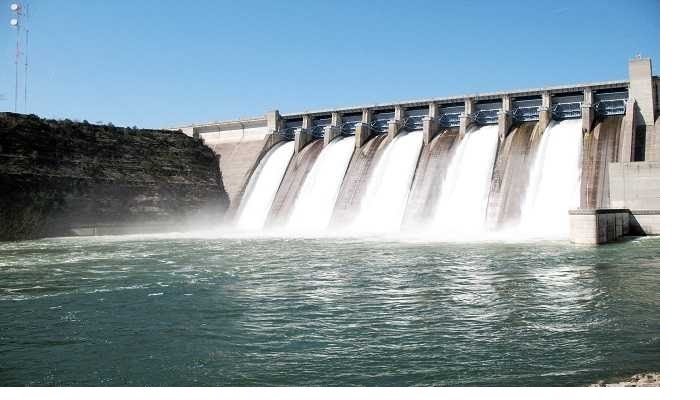The governments of Angola and Namibia have signed bilateral agreements for the construction of a cross border Baynes hydroelectric dam. Angolan Minister of Energy and Water H.E. João Baptista Borges made the announcement and said the agreement will enable the launch of a public tender for the selection of a construction firm for the project, in line with the proposed timeline.
“If we stick to the schedule of the agreement, we can comply with the deadlines, because there is a great interest in this bi-national project,” said Minister João Baptista Borges.
The Southern African Power Pool (SAPP) has received financing from the African Development Bank through the NEPAD Infrastructure Project Preparation Facility (NEPAD-IPPF) towards the cost of the Baynes Hydro-Power Plant 400 kV Transmission Lines Project, and intends to apply part of the agreed amount for this grant to payments under the contract for Technical and Economic Feasibility Studies.
Baynes hydroelectric dam
Construction of the Baynes hydroelectric dam falls within Angola’s Energy 2025 Vision, which centers on creating increased capacity and distribution capabilities, supported by new renewables and private sector investment in new power generation projects. The planned hydroelectric dam will be located on the Cunene River on the border between Angola and Namibia.
Construction has started in 2021 and a completion date scheduled for 2025. It is estimated to cost US $1.2bn; feasibility studies for the project was already carried out with AfDB. According to the agreement, of the 600 MW to be produced by the plant, 300 MW will be directed to Angola and Namibia, respectively.
Namibia has enormous potential for solar energy production. The country is the driest on the African continent, with 300 days of sunshine per year. The country is aiming for 70% of its installed electricity capacity to come from renewable sources by 2030. Angola on the other hand has only 14MW of non-hydro clean energy generation capacity, all of it off-grid. The country renewable energy plan is targeting 800MW of capacity, including wind and biomass.
The role of NEPAD-IPPF in that project?
The project has been approved by Nepad-IPPF in 2020. The NEPAD-IPPF has conduct Technical and Economic Studies for 400 kV transmission lines and substations for the evacuation of power from the proposed 600 MW Baynes Hydro Power Project (HPP) on the Cunene (Kunene) River, bordering Angola and Namibia, integrating into existing power transmission grids of the two (2) countries to Undertake technical studies and compose technical design specifications of transmission lines, substations and associated auxiliary or ancillary equipment and systems; to assess the commercial and financial (economic) viability of the entire transmission project through to project structuring and bankability; to prepare Specifications, Designs and Tender Documents.
Total Cost
2455000
COMMITTED (US$)
1568600
Sources of Downstream Financing
Co-funding:
NamPower (Namibia): USD 68,200
RNT (Angola): USD 68,200; ESIA (US$ 0.750 million – BUSINESS SWEDEN)

